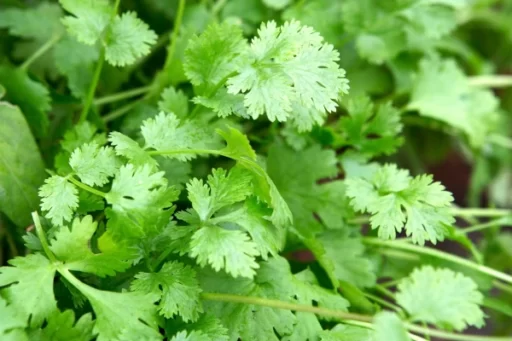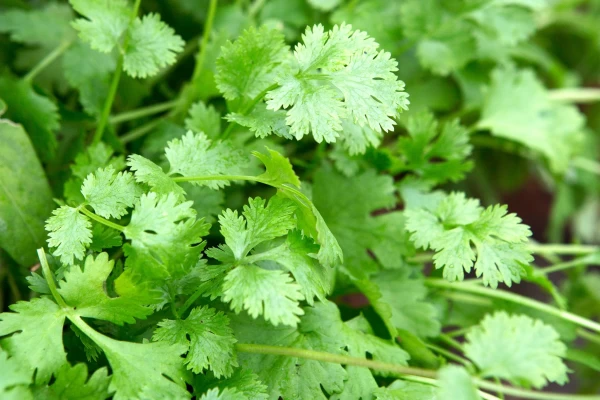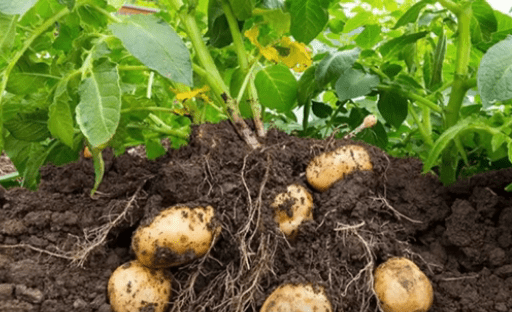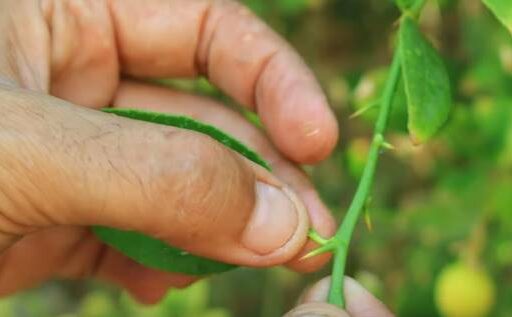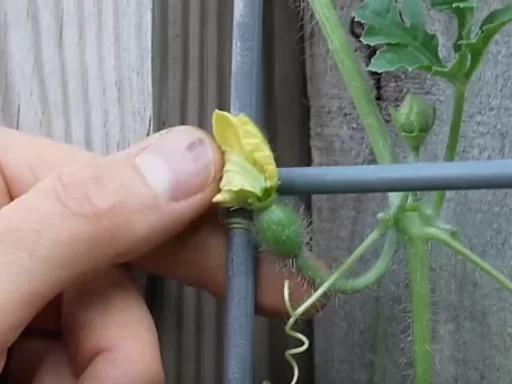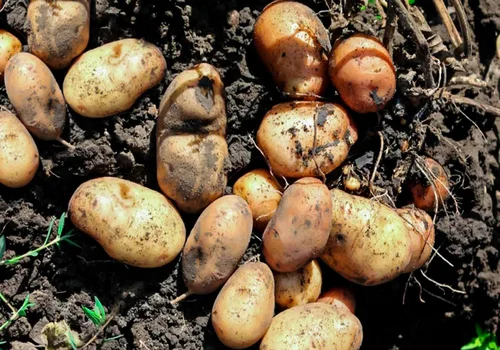As the heat of summer begins to fade, now is the perfect time to get your fall garden ready. If you love gardening, you’ll be thrilled to know that September is an ideal month to plant many delicious and hardy vegetables that will thrive in cooler temperatures. Fall gardening can be just as rewarding as any other season, and today we’ll explore the 32 best vegetables to plant in September. Whether you’re a seasoned gardener or just starting, these crops will set you up for a productive and beautiful fall garden.
The Importance of Planting in September
Fall gardening begins well before the cool winds start to blow. The vegetables you plant now will establish strong roots in warm soil and continue to grow as the temperatures cool, making September an essential month for preparation. Depending on where you live, you may need to adjust how you plant, whether directly sowing seeds or starting transplants indoors. For example, if you’re in a warmer climate like Zone 8B (such as the Southeastern coast of North Carolina), it’s crucial to start some crops indoors, as outdoor temperatures can still be too hot. However, those in cooler zones can often plant directly into the garden.
Peas: A Fall Favorite
One of the best vegetables to plant in September is peas. This includes shelling peas, snap peas, and snow peas, which are all fantastic choices for a fall garden. Peas are frost-tolerant and don’t require much fertilizer, making them easy to grow. Simply direct sow the seeds into the ground, give them a little fertilizer after planting, and ensure they have proper irrigation. You should be harvesting peas within two to three months. However, if a frost is predicted during pod formation, cover them with a frost blanket to protect your harvest.
Brassicas: The Ultimate Fall Crop
Crops 2 through 11 are brassicas, including cabbage, broccoli, Brussels sprouts, cauliflower, kale, mustard greens, and more. These are some of the most popular vegetables to grow in fall because they thrive in cooler temperatures. What many people don’t know is that all of these plants come from the same species—wild mustard. Over time, farmers have cultivated different parts of the plant to create the various brassicas we enjoy today. Since they are all from the same species, they share similar growing conditions and are prone to bolting in warmer weather. To avoid this, consider using shade cloth to protect your brassicas from late-season heat.
Root Vegetables: Cold-Tolerant and Easy to Grow
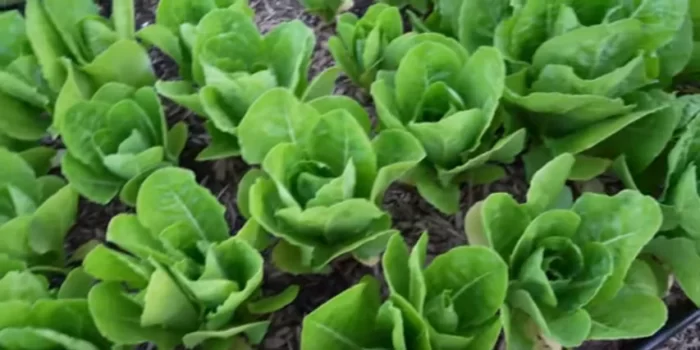
Crops 12 through 19 include root vegetables like beets, carrots, radishes, turnips, and parsnips. These vegetables should be directly sown into the garden, as they do not transplant well. Root vegetables are generally more heat- and cold-tolerant than brassicas, making them an excellent option for September planting. Carrots, for example, can tolerate both the heat of summer and the cold of winter, with some varieties surviving temperatures as low as 0°F.
Alliums: Leeks and Bunching Onions
Crops 20 and 21 are non-bulbing alliums, such as leeks and bunching onions. These cold-hardy crops can be grown all year round in many regions. Leeks and bunching onions don’t form bulbs like regular onions, making them perfect for fall gardening. If you live in a colder zone, opt for winter-hardy varieties, and be sure to start them early enough for them to mature before freezing temperatures set in.
Warm-Season Lettuce and Spinach
Lettuce and spinach are versatile crops that come in both warm- and cool-season varieties. Warm-season lettuce and spinach are ideal for planting in September, as they are less prone to bolting in warm temperatures. As the temperatures continue to drop, you can transition to cool-season varieties, which will thrive in the cold, giving you fresh greens well into the winter.
Annual Herbs: Flavorful Additions
Crops 24 through 28 are annual herbs like parsley, dill, cilantro, chives, and basil. These herbs can be planted in September and will enhance your garden with both beauty and flavor. While basil prefers warmer weather, the other herbs are more cold-tolerant and can last well into the cooler months.
Frequently Asked Questions
- What are the best vegetables to plant in September? The best vegetables to plant in September include peas, brassicas (such as broccoli and cabbage), root vegetables (like carrots and beets), non-bulbing alliums (leeks and bunching onions), warm-season lettuce and spinach, and annual herbs like parsley and cilantro.
- Can I plant directly in the garden in September? Yes, depending on your climate. In cooler zones, many vegetables can be directly sown into the garden. However, in warmer zones, it may be better to start certain crops indoors and transplant them later.
- How do I protect my fall crops from frost? To protect fall crops from frost, you can use frost blankets or tarps to cover them. This is especially important for crops like peas, which are frost-tolerant but can suffer if their pods are exposed to freezing temperatures.
- What are the easiest vegetables to grow in the fall? Peas, brassicas (such as kale and broccoli), and root vegetables like radishes and turnips are some of the easiest vegetables to grow in the fall.
- Should I use shade cloth in the fall? If you live in a warmer climate and are still experiencing hot weather, using a shade cloth can help prevent crops like brassicas from bolting in the heat.
- When should I start transplanting fall vegetables outdoors? Transplants can typically be moved outdoors in late September or early October when the weather cools down.
- Can I grow herbs in the fall? Yes, herbs like parsley, dill, cilantro, and chives grow well in the fall, while basil may need to be planted earlier, as it prefers warmer temperatures.

